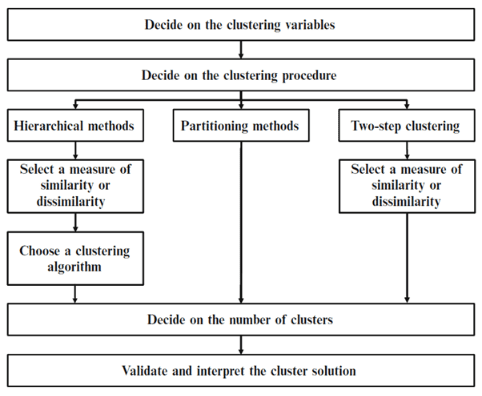Machine learning is the branch of computer science and a subfield of Artificial Intelligence that utilizes past data to learn from and use its knowledge to make future decisions. Machine learning is at the intersection of computer science, engineering, and statistics. The goal of machine learning is to generalize a detectable pattern or to create an unknown rule from given examples.
Machine learning is broadly classified into three categories but nonetheless, based on the situation, these categories can be combined to achieve the desired results for applications:
Supervised learning: This is teaching machines to learn the relationship between other variables and a target variable, like the way in which a teacher provides feedback to students on their performance. The major segments within supervised learning are as follows:
- Classification problem
- Regression problem
Unsupervised learning: In unsupervised learning, algorithms learn by themselves without any supervision or without any target variable provided. It is a question of finding hidden patterns and relations in the given data. The categories in unsupervised learning are as follows:
- Dimensionality reduction
- Clustering
Reinforcement learning: This allows the machine or agent to learn its behavior based on feedback from the environment. In reinforcement learning, the agent takes a series of decisive actions without supervision and, in the end, a reward will be given, either +1 or -1. Based on the final payoff/reward, the agent evaluates its paths. Reinforcement learning problems are closer to the artificial intelligence methodology rather than frequently used machine learning algorithms.
 Source: click here
Source: click here
Major Application of Machine Learning in Customer Analytics
Clustering is an unsupervised machine learning algorithm where the target is not known. Target is estimated by grouping indistinguishable observations in a single cluster while isolating those which are entirely disparate. Clustering involves partitioning of n number of observations into p-type of clusters. For instance, in marketing analysis, an analyst has the assess to several other measurements to statistically segment the customer groups such as age, income, sex, geographic locations etc. Based on the given parameters one must perform market segmentation by recognizing distinct and perceptible subgroups of people who might be more receptive to a form of advertising or more likely to purchase a certain product. A segment is typically a cluster of customer observations to make the strategic decision on how to up-sell and cross-sell entities based on user need and wants.
Now, why do we need customer segmentation or clustering? The intent of clustering is fundamental to segmentation in grouping similar customers and products in a marketing activity. The companies cannot target each customer but rather it apportions customer based on their preferences to target individual clusters by positioning themselves in a unique segment. For case, a firm might want to segregate customer based on their price sensitivity, quality of product and brand loyalty. The resulting variables measured through a Likert scale, the higher value signifies the greater inclination towards price sensitivity, quality of product and brand loyalty whereas a low value confers to lower intensity.
The branding and segmentation helped business to create customer-driven market strategies to gain insight from the customer preferences to develop valuable customers. To give an instance, a company like Dell one of the world’s largest computer systems companies targets two classes of customers based on relationship customer and the transactional customer. Relationship-based customers are corporations, government, and education sector that shares a substantial portion of the profit. On the other hand, traditional customers are price-sensitive looking for low cost, more reliable, quality service and added value products.
Furthermore, a good marketing strategy not only entails segmenting customer groups but also targeting and positioning groups based on customer profiling, businesses bucketize different segments to make informed decisions in terms of sales and marketing dollars to increase ROI. Eventually, this helps businesses to deliver enhanced customer service and boost customer satisfaction.
